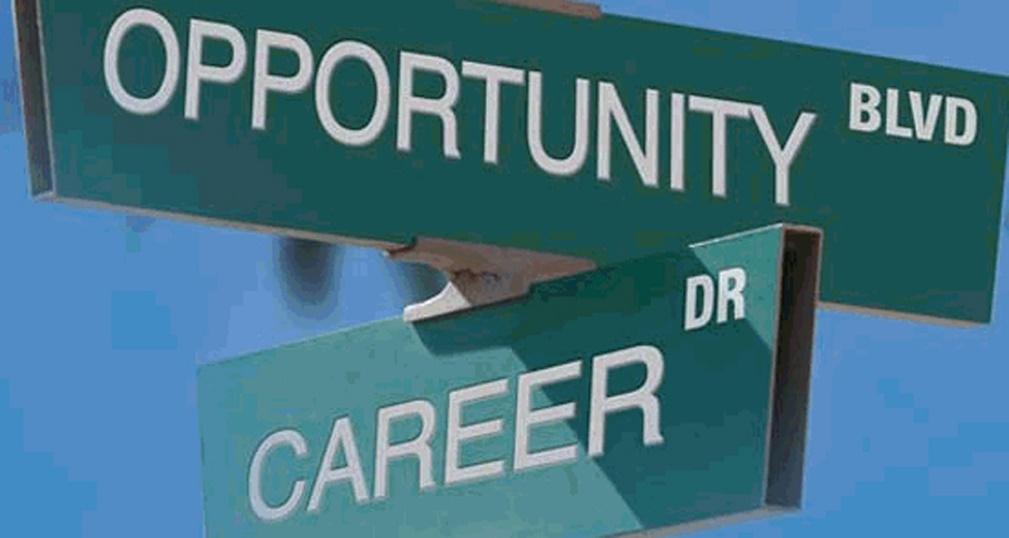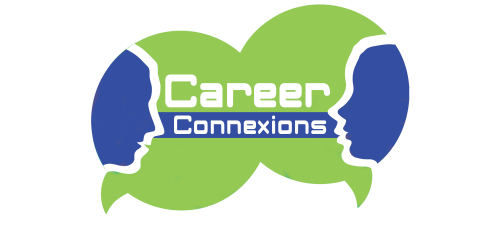It is said people spend more than a third of their life working. So, why shouldn’t you spend that time working at something you enjoy? Unfortunately, many are not doing what they want and yes, maybe that is simply the nature of work, even life. Yet, if you’ve thought of changing careers and can work towards that goal, why wouldn’t you? Here are four key parts to help you see how it is possible.

Picking up on an earlier blog, “Thinking Career Change? Read on.“, you understand career change is common and often linked to either a lack of engagement, changing circumstances, and yes unhappiness. According to Sarah Kauss, founder of S’well, she sees career change as a step-by-step process. During this process, it will be important to know where you wish to go, what you need, and what you need to get me there.
This blog will ideally re-activate or carry through your interest in making a career change. Four main parts in a career have been identified and are found below. The change is not as big as you may be telling yourself!
Visioning
There’s a quote from Cyndi Lauper regarding careers: “If you can see yourself doing it – do it”. Keeping an open and positive mind, imagine yourself in the job and career you desire most. Write it down and any others that “you see”. Give yourself a variety of times and places to do this. More than likely, you will surprise yourself.

This is a long-term exercise, where you do your best to not come up with barriers or excuses. So, if need be, start slowly, a bit at a time. It’s not a bad thing as visioning also includes a good measure of reality. It can also be important to look at opportunity. Opportunity means the likelihood of having jobs to apply to and compete for in the new career field(s) you envision.
Backcasting
This is a term that is different than the more familiar forecast. To backcast is to take your visions and move backwards to where you are now. There is no requirement to make it linear – that is rarely the case. Map out what you feel you need to do in order to get to your vision e.g., school, certification, volunteering, jobs. For many, this means going back to school along with some kind of certification. A great idea is to connect with people doing the work you see yourself doing. It need not be an exact match, rather the more people you contact the better.
Groundtruthing
In short, this is your work history. Make this the same type of exercise as your visioning. Spend many occasions recalling the situations where you felt confident or accomplished at work. Just like visioning, keep an open mind, and be positive. The key is to identify experiences and skills.
It is easier to start with soft skills. It is your soft skills that will carry you from where are and along your career change path. One important soft skill is problem solving. Why? Solving problems is what managers need most. They always want to save time and money. Your hard skills may or may not be part of your career change. After backcasting, hard skills will emerge, and it is those skills you will need to acquire to move along your path. It is very possible that you can learn these skills in your current job.
Test Driving
It is not necessary to have it all mapped out to take a test drive. Visioning, backcasting, and groundtruthing will be a back-and-forth process. Taking a test drive means pulling together what you have and trying it out in the job search arena. You can try it out by looking at job postings, for example.
As Cyndi Lauper might ask: “Do you see yourself working the job”? Maybe apply to these openings if you have additions to your resume that relate to your new career. Volunteering is another great idea, especially if skills in your new career are required in the spirit of helping others. If there are companies you are interested in, see if they staff your future job(s). Larger companies will be your best bet.

By doing this, you can go back and refine or even broaden your career path. Developing a network in your new career area is always a good idea. Maybe you already have people in your network that can help you. These people may know of events you can attend that focus on your future career field. Keep in mind, the change can also start by taking on new responsibilities in your current job.
Once you feel a change is needed do not ignore it. Try and retry the above process. If life gets in the way, always commit to pick up where you left off. Letting someone you trust know your plan always helps in keeping commitments! Even consider contacting Career Connexions for some or all of your journey. And keep in mind, if you make choices that do not turn out the way you expect, you are still left with knowing more. By knowing more, your future travels along your career path will be a more enjoyable – even happier – experience.
